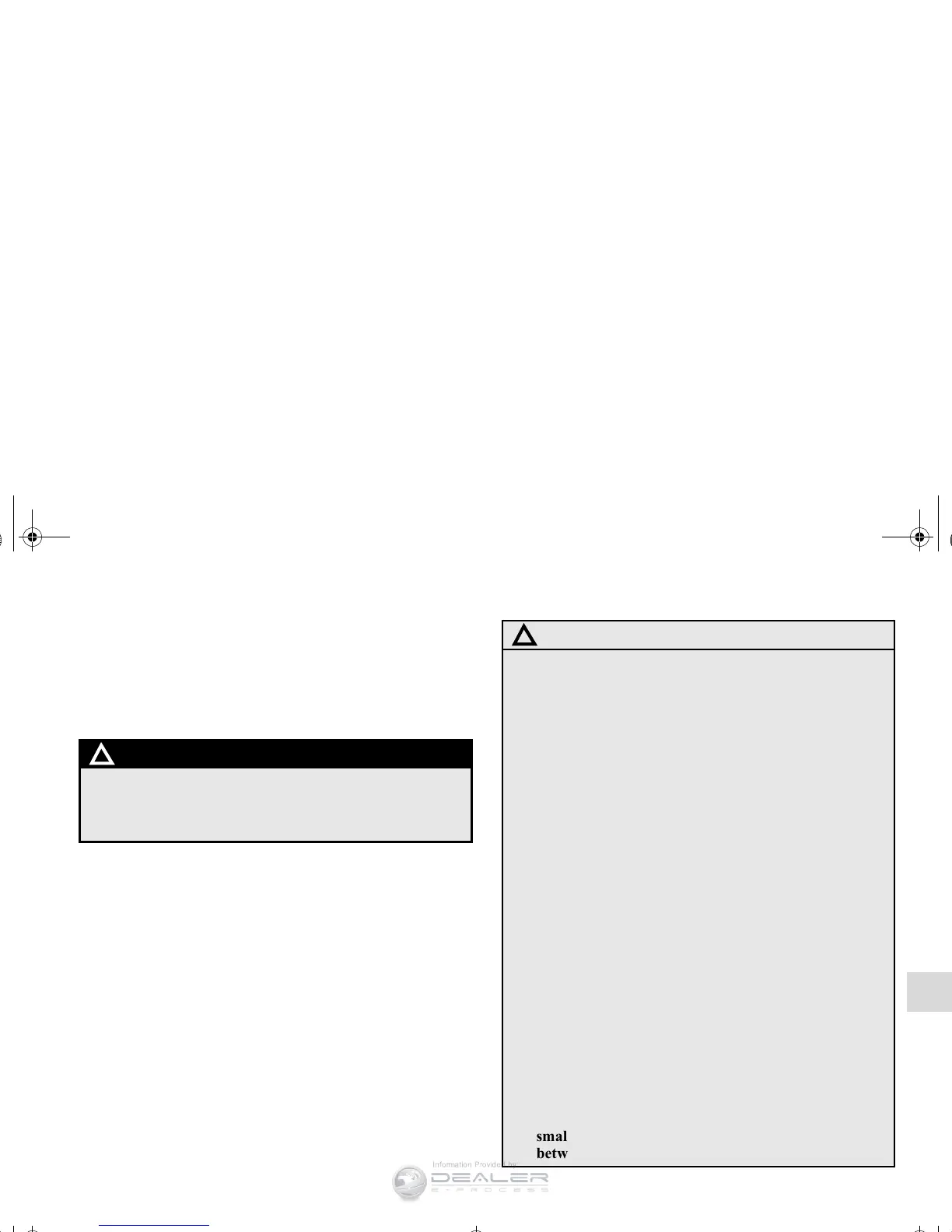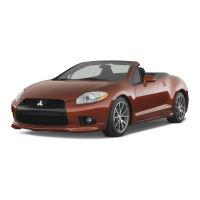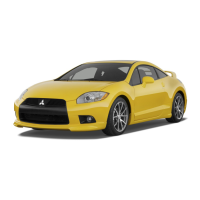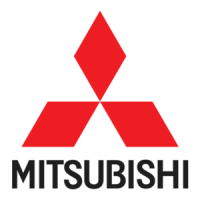For emergencies
6-11
6
Spare tire information
N00849600285
Compact spare tire
The compact spare tire is designed to save space in the cargo
area (trunk). Its lighter weight makes it easier to use if a flat tire
occurs.
WARNING
!
● Tires, including spare tire, degrade over time with
age even when they are not being used.
It is recommended that tires over 6 years generally
be replaced even if damage is not obvious.
CAUTION
!
● While the compact spare tire is stowed, the inflation
pressure should be checked at least once a month to
assure that it remains at the recommended inflation
pressure. See the tire and loading information plac-
ard attached to the driver’s door sill.
Refer to “Tire and loading information placard” on
page 9-4.
● Driving with an improperly inflated tire can cause
an accident. If you have no choice but to drive with
an under-inflated tire, keep your speed down and
avoid sudden steering or braking, if possible. Inflate
the tire to the correct pressure as soon as possible.
Refer to “Tire inflation pressures” on page 7-23.
● The compact spare tire should only be used tempo-
rarily. When the compact spare tire is used, the tire
pressure monitoring system will not work properly.
See an authorized Mitsubishi Motors dealer as soon
as possible to replace or repair the original tire.
● If your vehicle has aluminum type wheels, you can
use the same wheel nuts on the compact spare tire
wheel.
● Do not go over 50 mph (80 km/h) when driving with
the compact spare tire.
● Avoid fast starting and braking when driving with
the compact spare tire.
● Do not drive through automatic car washes and over
obstacles that could possibly damage the underside
of your vehicle. Because the compact spare tire is
smaller than the original tire, there is less clearance
between the ground and your vehicle.
BK0115900US.book 11 ページ 2009年10月27日 火曜日 午後12時1分
